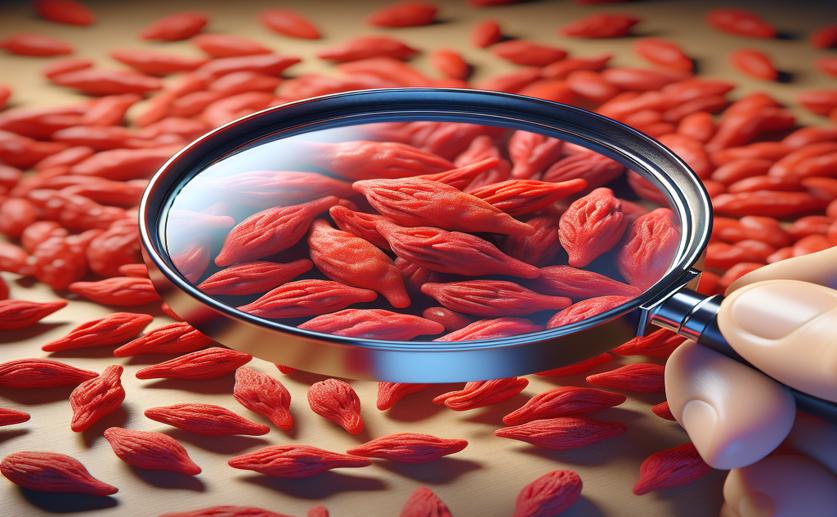
Discovering Why Different Goji Berry Types Have Unique Health Compounds
Greg Howard
27th February, 2024

Image Source: Natural Science News, 2024
References
Main Study
1) Integrative transcriptome and metabolome analysis reveals the discrepancy in the accumulation of active ingredients between Lycium barbarum cultivars.
Published 26th February, 2024
https://doi.org/10.1007/s00425-024-04350-0
Related Studies
2) Analysis of flavonoid metabolism during fruit development of Lycium chinense.
3) Biosynthetic regulatory network of flavonoid metabolites in stems and leaves of Salvia miltiorrhiza.
4) Transcriptome and metabolome reveal the accumulation of secondary metabolites in different varieties of Cinnamomum longepaniculatum.



 25th January, 2024 | Greg Howard
25th January, 2024 | Greg Howard